Introduction to Stem Cell Therapy
Stem cell therapy, also known as regenerative medicine, is a revolutionary scientific and medical approach that focuses on restoring the function of damaged or diseased tissues or organs. It involves the use of stem cells, which have the unique ability to develop into different cell types in the body.
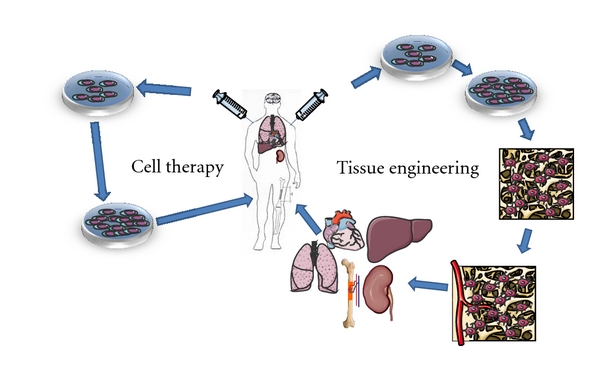
Since the first successful bone marrow transplant in 1956, the field of stem cell therapy has evolved significantly. Its potential applications in healthcare are vast, ranging from treating various diseases like cancer and diabetes to repairing damage caused by injuries.
Importance of Stem Cell Therapy in Healthcare
Stem cell therapy is a cornerstone of modern medicine. It holds the potential to transform the future of healthcare by providing treatments for conditions that currently have no cure. Its importance in healthcare is underscored by the ongoing research and clinical trials aimed at harnessing its therapeutic potential.
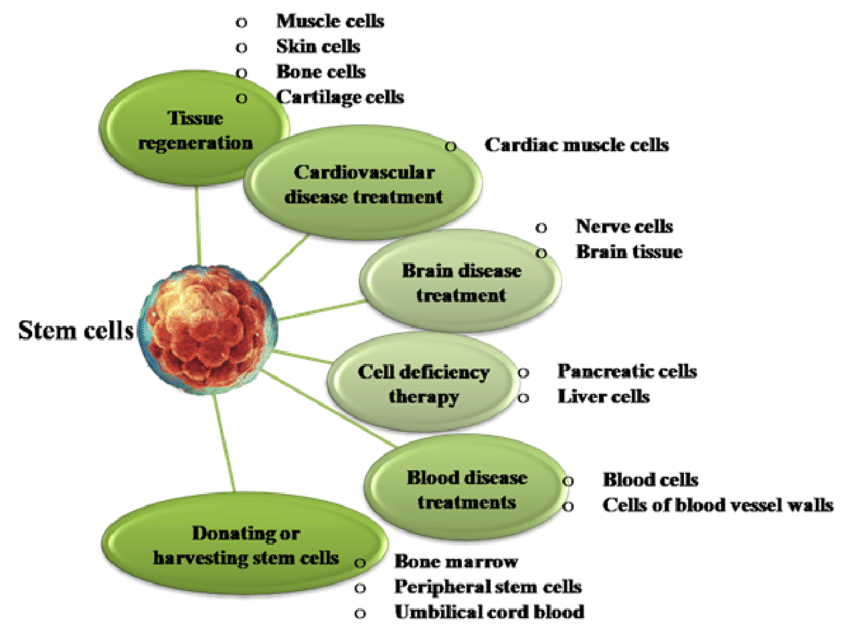
Understanding Stem Cells: A Comprehensive Guide
Stem cells, often hailed as the body’s master cells, possess a unique ability to develop into diverse types of cells in the body during early life and growth. They not only serve as an internal repair mechanism, dividing essentially without limit to replenish other cells but also provide a kind of cellular ‘reset’, ensuring the continuity of our biological processes.
The Different Types of Stem Cells
Three main types of stem cells exist: embryonic stem cells, adult stem cells, and induced pluripotent stem cells. Embryonic stem cells, derived from three- to five-day-old embryos, can differentiate into more than 200 cell types of the body. Adult stem cells, found in small numbers in most adult tissues, replace cells lost through normal wear and tear, injury, or disease. Induced pluripotent stem cells, on the other hand, are adult cells genetically reprogrammed to an embryonic stem cell-like state.
Role and Function of Stem Cells in the Human Body
Stem cells have a vital role in the body’s healing process. They replace cells that have been lost through normal wear, injury, or disease, and have the potential to treat a plethora of diseases and conditions.

Delving into the Process of Stem Cell Therapy
Stem cell therapy, also known as regenerative medicine, promotes the reparative response of diseased, dysfunctional, or injured tissue using stem cells. This revolutionary treatment starts with the identification of the source of stem cells. Embryonic cells, adult stem cells, and induced pluripotent stem cells are the primary sources for therapy.
The Extraction, Cultivation, and Transplantation Process
The extraction process involves isolating stem cells from the chosen source. Post extraction, the cells are cultivated in a controlled environment to increase their numbers. They are then transfused, or transplanted, into the patient’s body to replace damaged cells or to stimulate the body’s own repair mechanisms.
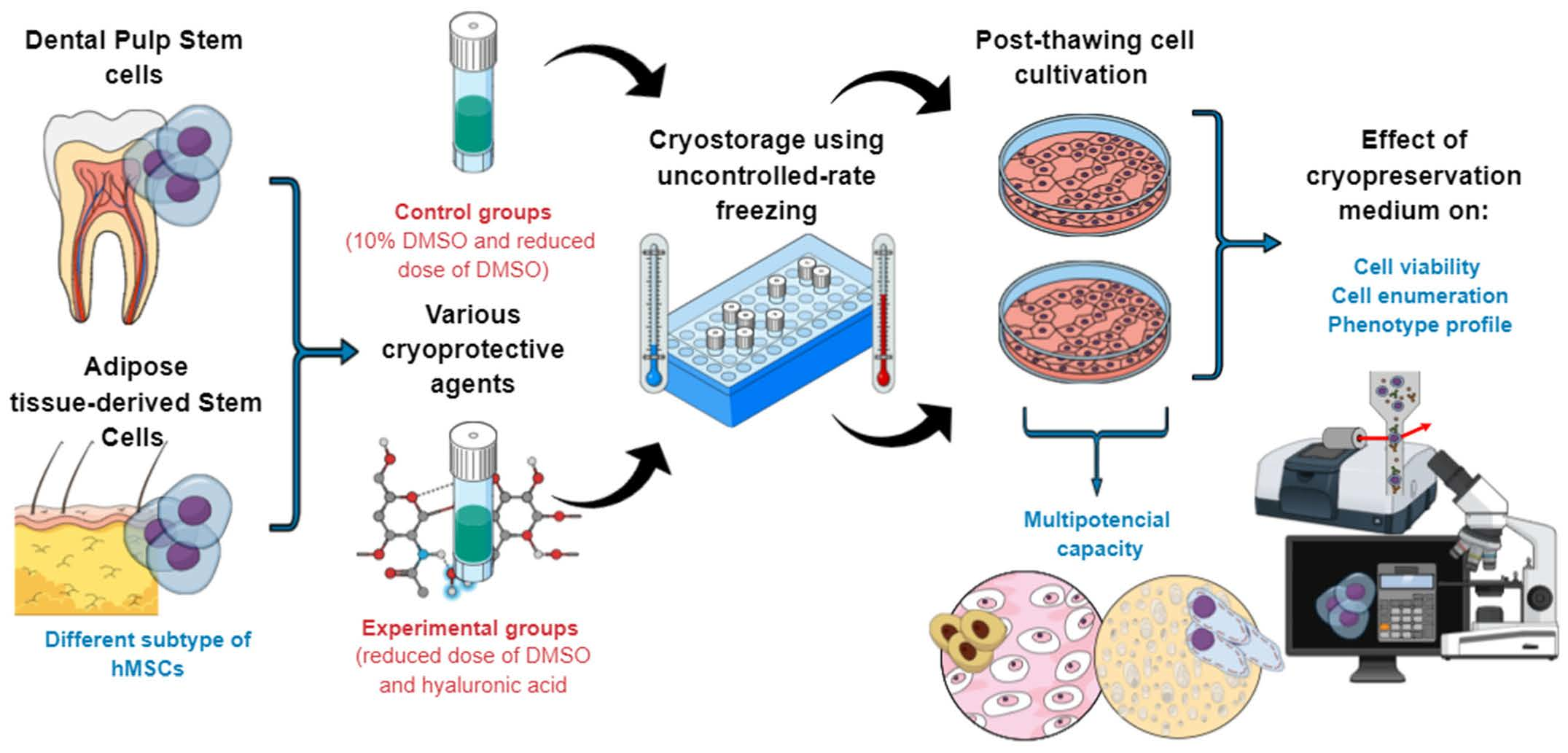
Looking Ahead: Stem Cell Therapy’s Global Landscape
Stem cell therapy continues to reshape the global medical landscape. As per a Grand View Research report, the global stem cell market size was valued at USD 9.6 billion in 2020 and is expected to grow in the coming years.
Applications of Stem Cell Therapy: A Glimpse of Hope for Various Diseases
Stem cell therapy, hailed as the future of medicine, holds immense promise in treating a range of diseases, including neurodegenerative disorders, spinal cord injuries, diabetes, heart diseases, and even cancer. These cells, unique in their ability to self-renew and differentiate into other cell types, can replace damaged cells, thereby aiding in the treatment of these diseases.
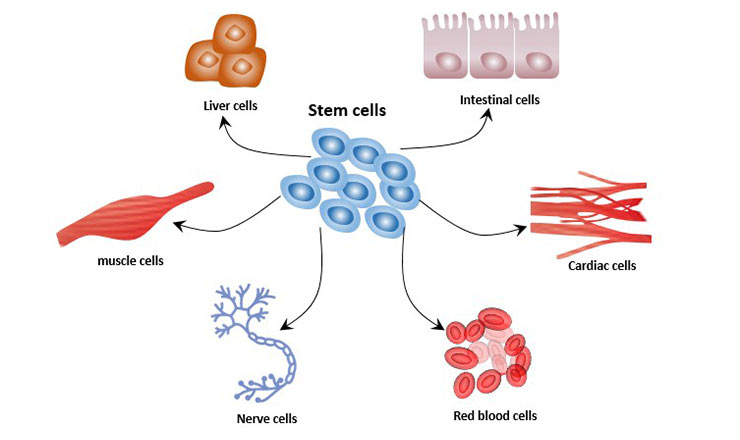
Stem Cells: The Healing Soldiers
Stem cells play a critical role in the body’s healing process. Their regenerative capabilities allow them to replace damaged or diseased cells, restoring the normal function of the affected area. This ability has been leveraged by scientists to develop innovative treatments for previously incurable conditions.
Recent Breakthroughs in Stem Cell Therapy
The field of stem cell therapy is continually evolving, with significant breakthroughs being made at a rapid pace. For instance, recent research has shown the potential of stem cells in repairing heart tissue following a heart attack, offering new hope for heart disease patients. Moreover, advancements in stem cell manipulation techniques have enabled doctors to use stem cells more effectively and efficiently, paving the way for more successful treatments in the future.
Global Acceptance and Utilization of Stem Cell Therapy
The emergence of stem cell therapy has opened new vistas in medical science, offering potential treatments for various chronic diseases. However, the acceptance and usage of this innovative technique vary widely across the globe.
Variations Between Countries
In countries like the US and the UK, stem cell therapy has gained considerable traction due to robust regulatory frameworks and advanced research facilities. On the contrary, nations with restrictive legal conditions or limited scientific resources have been slower to adopt this therapy.
 .
.
Factors Influencing Acceptance
Cultural, ethical, and legal factors play significant roles in shaping public perception and acceptance of stem cell therapy. For instance, ethical debates around the source of stem cells, particularly embryonic stem cells, can influence acceptance. Laws regulating biomedical research and therapies also impact the level of stem cell therapy utilization.
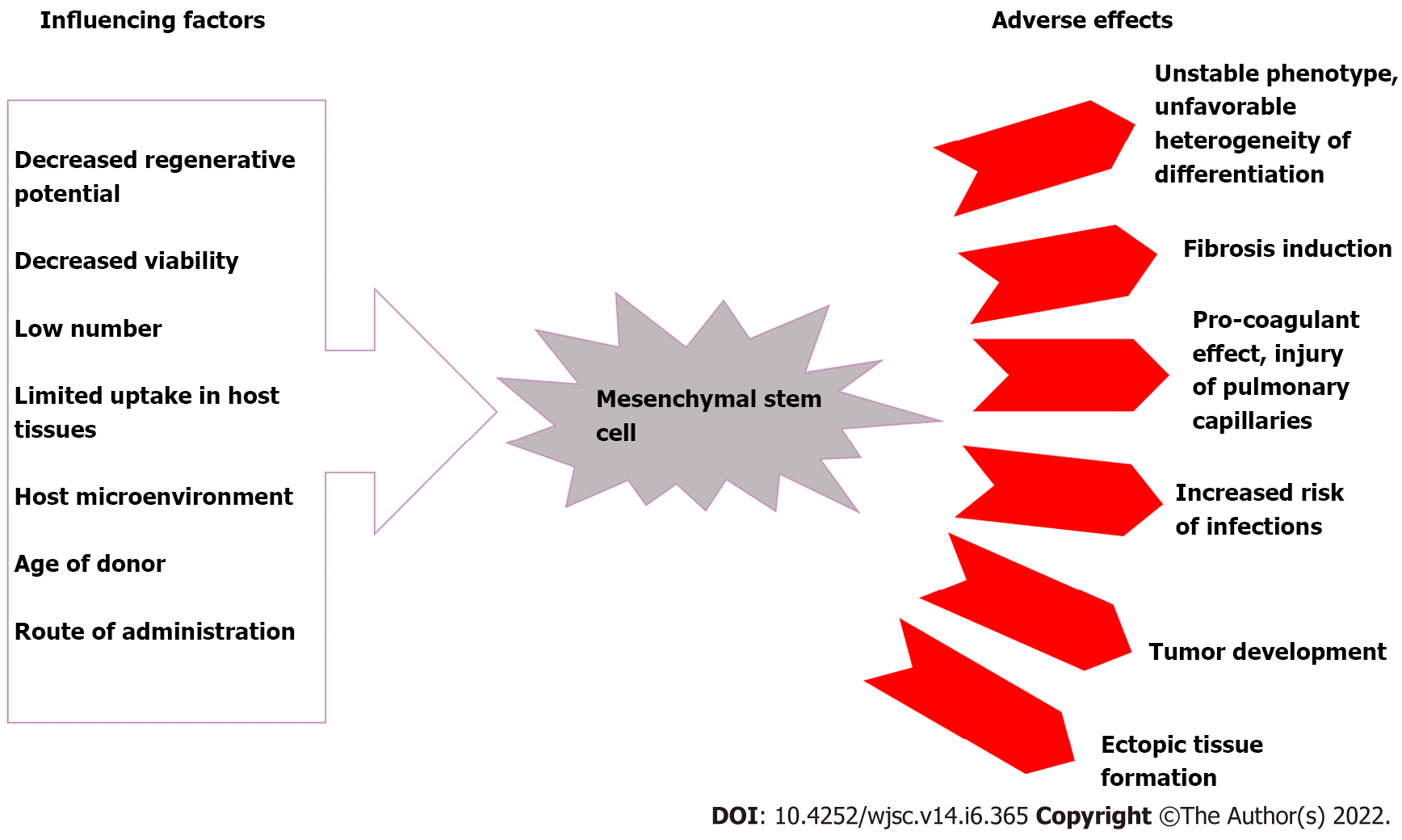
Challenges and Controversies of Stem Cell Therapy
Stem cell therapy, a promising field in regenerative medicine, is not without its share of challenges and controversies. One significant controversy is the ethical and moral issues surrounding the use of embryonic stem cells. Some argue that the use of these cells, which often involves the destruction of embryos, infringes upon the concept of the sanctity of life.

Moreover, the legal and regulatory landscapes for stem cell therapy differ considerably across countries. In the US, the FDA regulates stem cell products as biological products and/or drugs, while in other countries, these may not be as strictly regulated.
The scientific and medical challenges in stem cell therapy also cannot be understated. These include issues related to cell survival, integration with host tissue, and the potential risk of tumor formation, among others. A comprehensive understanding of these challenges is essential for the safe and effective implementation of such therapies.

The Future Potential and Trends in Stem Cell Therapy
Stem cell therapy, a rapidly growing field in regenerative medicine, has shown incredible promise in the treatment of numerous diseases. Current research has led to groundbreaking advancements, such as the creation of organoids to study disease models and the potential for personalized medicine.
The future of stem cell therapy promises even more revolutionary developments. Researchers predict the advent of sophisticated techniques for stem cell manipulation, enabling the treatment of currently incurable diseases. Furthermore, 3D bioprinting technologies could allow for the creation of patient-specific organs for transplantation (source).
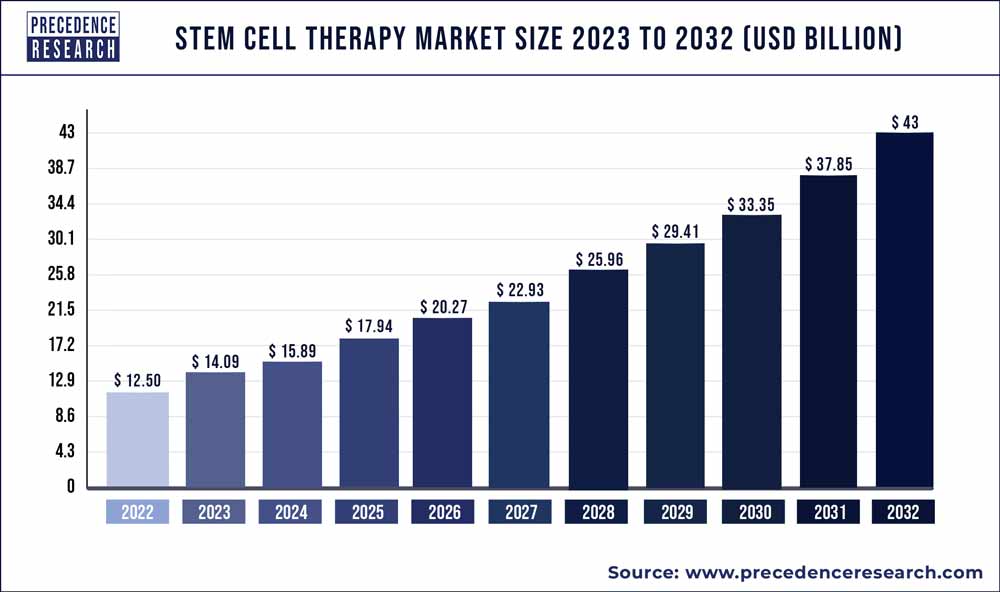
In the global landscape, stem cell therapy is set to experience significant growth. Emerging markets, especially in Asia, are expected to dominate the stem cell therapy market, driven by increasing investment in research and development.
Conclusion: The Global Landscape of Stem Cell Therapy
The global landscape of stem cell therapy is remarkably diverse and rapidly evolving. With advancements in regenerative medicine, stem cell therapy has gained considerable attention worldwide. Technological breakthroughs have improved the efficiency of stem cells in treating various diseases, from cancers to degenerative disorders. Yet, the therapy’s full potential is far from being fully realized.
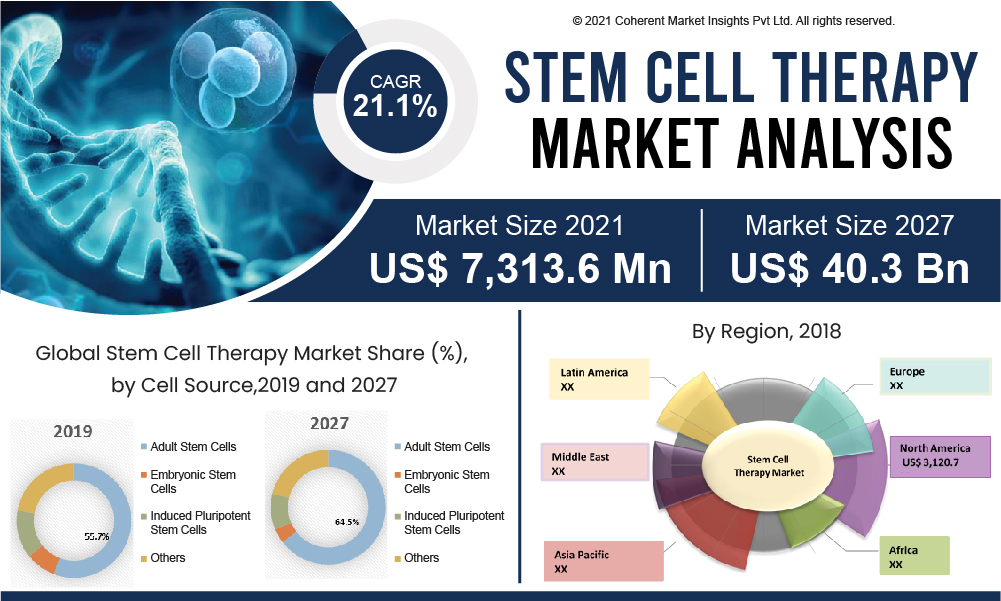
Reflecting on the Future of Stem Cell Therapy
Looking ahead, stem cell therapy holds immense promise. As researchers uncover new cellular mechanisms and potential therapeutic applications, it’s anticipated that stem cell therapy will significantly impact global healthcare.
Stem cell therapy could revolutionize healthcare, offering potentially curative treatments for conditions that currently lack satisfactory solutions. However, the journey towards this future requires continued research, ethical considerations, and robust regulatory frameworks. The challenge lies in harnessing the potential of stem cells responsibly and effectively.
With the right approach, stem cell therapy can play a crucial role in addressing some of the most pressing healthcare challenges globally.
